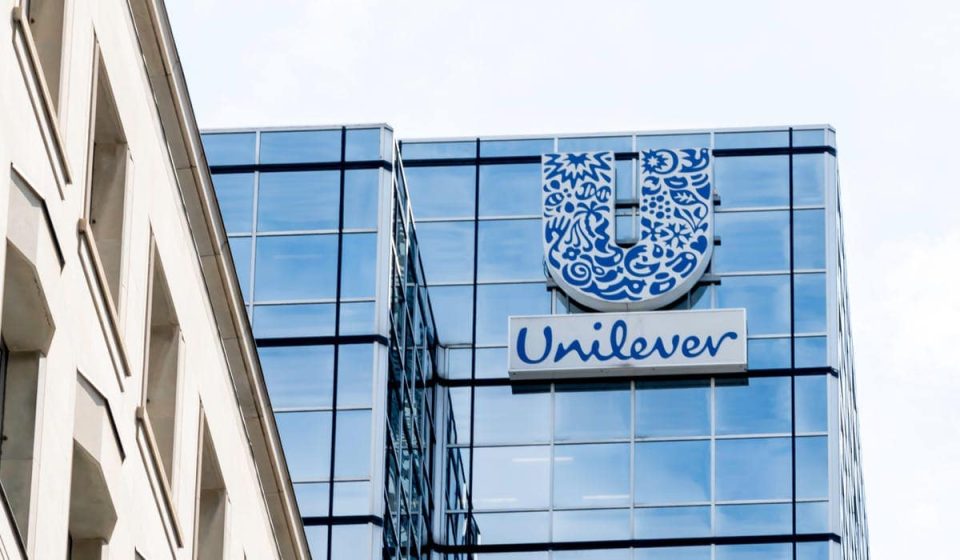FMCG giant Hindustan Unilever Ltd (HUL) reported on Tuesday that its consolidated net profit rose 13.8% to Rs 2,391 crore in the first quarter ended June 30, mainly driven by higher product prices. The company posted a net profit of Rs 2,100 crore in the April-June quarter of the previous fiscal.
HUL’s total revenue for the quarter rose more than 20% to Rs 14,757 crore, compared to Rs 12,260 crore in the same quarter last year. Sales rose 6%.
“HUL delivered a commendable 14% year-on-year Ebitda growth in Q1, beating JEFe (and consensus), amid a rural slowdown and ~20% year-on-year input cost inflation. Notably, this beat was led by volume (+6%) and supported by rising share prices,” Jefferies said in a note.
Despite the correction in palm oil prices due to high-cost coverage and inflation on other inputs, the brokerage sees an improved earnings outlook for the second quarter, with management warning of margins in the second quarter. It maintained a buy rating on HUL shares and raised its target price to Rs 3,050 from Rs 2,520 after a strong long-term rise.
The first quarter results demonstrate HUL’s ability to navigate a difficult macro environment and deliver industry-leading Ebitda growth. It added that the earnings outlook could improve in H2FY23 due to weaker inputs (mainly palm), a low base and a possible recovery in rural areas.
FMCG companies raised prices during the quarter as commodity prices surged. Despite strong sales of the company’s ice cream and fabric cleaning products, HUL raised prices in categories such as skin cleansing, shampoos and home care products.
“While the Q1FY23 results were in line with expectations, we have raised our FY23/FY24 EPS forecasts to Rs 43.1/47.9, respectively, to ease RM pressure. Valuation of the stock at FY24 per share 58 times share earnings to reach Rs 2,780,” Dolat Capital said.
Considering the recent increase in RM costs and subsequent price increases across categories, the brokerage sees this as a strong performance. It believes revenue growth will continue to be price-led in the near term. However, the RM price adjustment and subsequent price drop will help improve H2FY23E’s volume performance.



